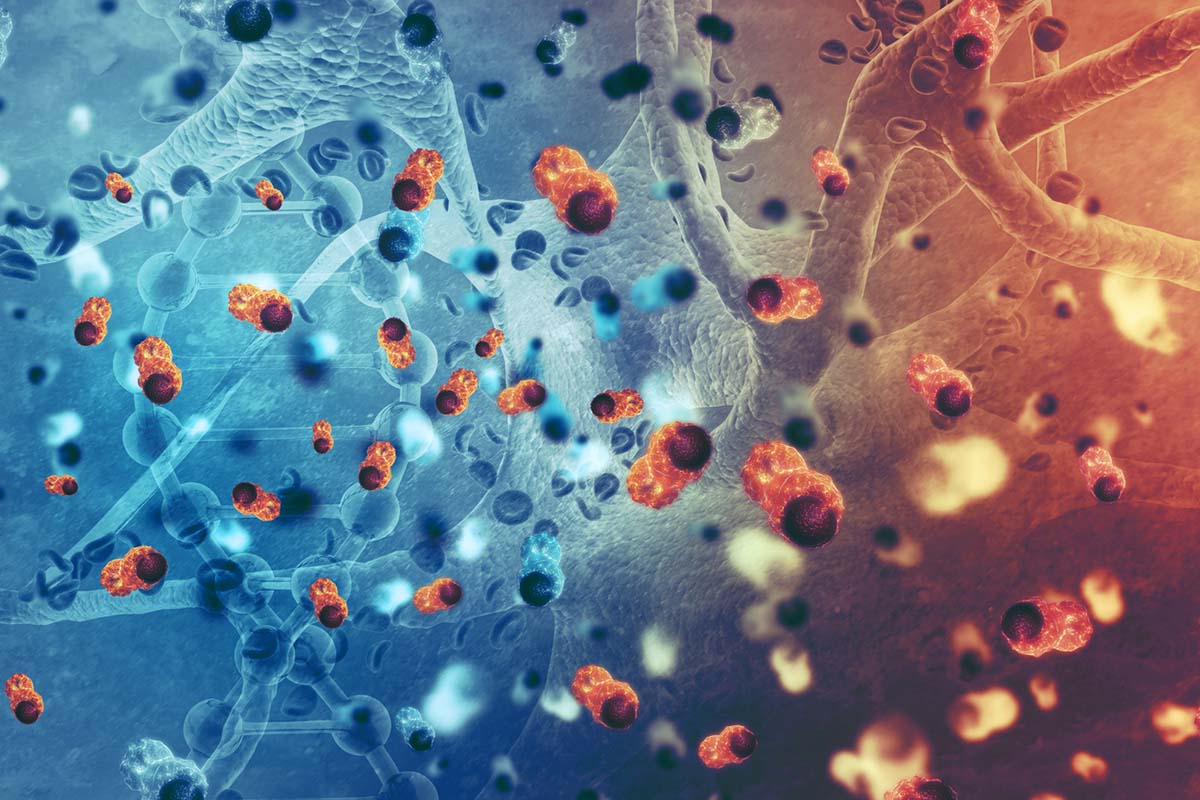
The emergence of immunotherapy as an effective cancer treatment is linked to researchers and doctors better understanding how cancer cells work – how they grow rapidly, resist regular cell death, and evade the immune system.
So, why exactly does the immune system need this assistance? What is it about cancer cells that make the immune system T cells and natural killer (NK) cells less effective? Answering these questions helps to explain why many scientists believe in using cell and gene therapies – and other types of immunotherapy – to assist the immune system.
In this blog, Alliance for Cancer Gene Therapy explains why the immune system needs immune checkpoint inhibitors, cell and gene therapies, and other therapeutic allies.
If you’d like to join our effort to cure cancer, please donate to Alliance for Cancer Gene Therapy. Our mission is to fund innovative scientists and biotech companies who are working to harness the power of cell and gene therapy. This field of cancer treatment has the potential to develop new therapies and lead to a much-anticipated cure for cancer. You can also stay informed about the latest news by signing up for our monthly email and other ACGT communications.
Immune cells versus cancer cells
T cells, a type of white blood cell, are the primary guardians of our bodies’ health. The issue is T cells often don’t recognize cancer cells as problematic. The same is true for natural killer cells and other immune system cells.

Why does this happen?
The answer is cancer cells form from our natural, healthy tissue. They aren’t outside intruders like bacteria or a virus.
Cancer cells can appear to T cells like normal tissue – just growing and dividing at a much faster rate than normal. Cancer cells also have protein receptors that serve as masks hiding their identity.
When these receptors interact with specific T-cell receptors, the cancer cell tricks the T cell into moving along to investigate other cells.
How cell and gene therapy helps the immune system
Cell and gene therapy retrains the immune system to look for and find cancer cells. By identifying cancer cells, the immune system can fight the disease.
Cell and gene therapy uses genetic modification – either adding, editing or removing genes – to change how immune cells work. Changing the genetics of immune cells leads to a new protein receptor or another modification that directs the T cells and NK cells toward the tumors.
If you’d like to learn more about how cell and gene therapy can fight cancer, sign up for our monthly email newsletter. This regular offering keeps subscribers updated on the latest headlines in cancer cell and gene therapy. You can sign up for the next e-news here.



